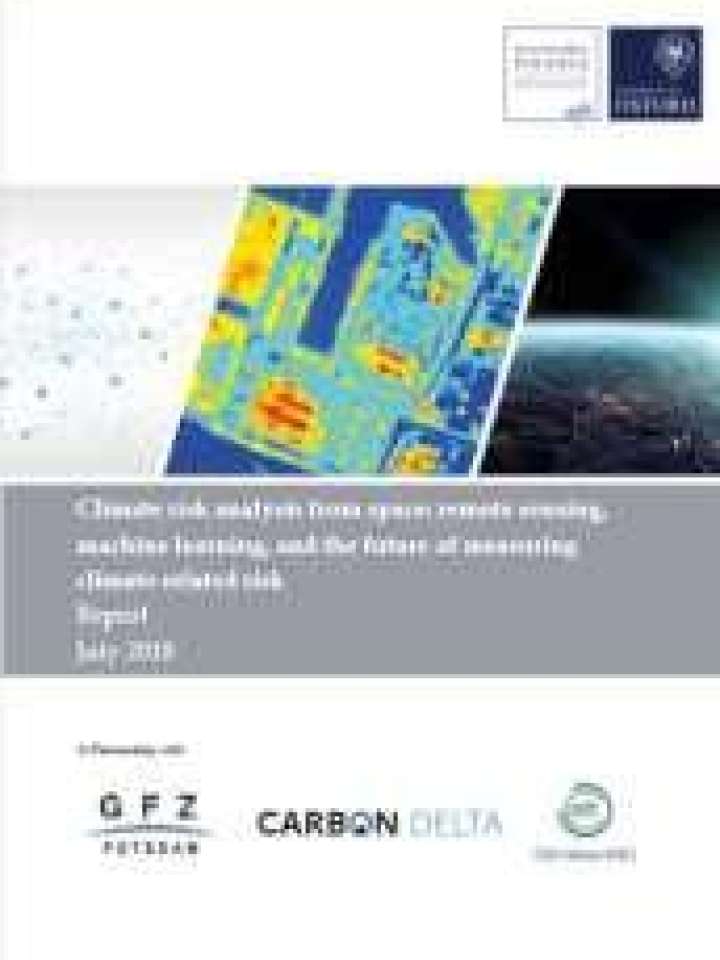Climate risk analysis from space: Remote sensing, machine learning, and the future of measuring climate-related risk
This report examines the potential role of remote sensing (and related technological developments such as machine learning) to secure better asset-level data and at higher refresh rates. In particular it focuses on using remote sensing to identify the features and use of assets relevant to determining their greenhouse gas (GHG) emissions. Remote sensing combined with machine learning could potentially provide the ability to:
- Conduct ‘persistent’ monitoring of assets;
- Significantly enhance the determination of asset ownership;
- Facilitate satellite measurement of asset-level greenhouse gas (GHG) emissions;
- Allow the ‘real time’ monitoring and identification of local environmental impacts;
- Make data and analysis available to a wide range of stakeholders helping to ensure that the more sophisticated approaches benefit to society as a whole; and
- Combine remote sensing environmental risk analysis with large scale financial databases to develop innovative products.
Explore further
